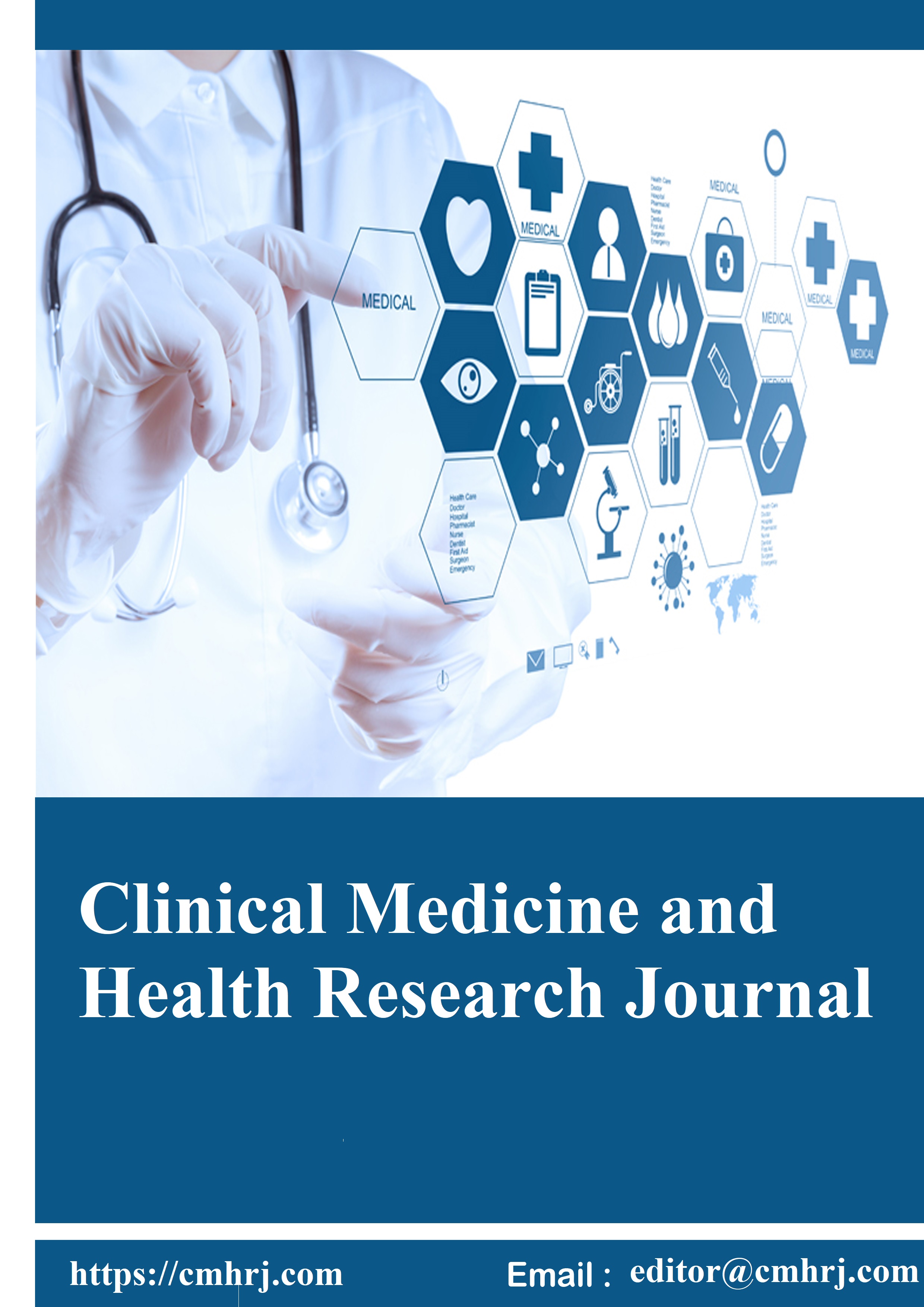AL-lban AA. Wafaa Hussain Al-Fatlawiy (Doctoral dissertation, Ministry of Higher Education).
Mukaddes AM, Shioya R, Ogino M, Roy D, Jaher R. Finite Element-Based Analysis of Bio-Heat Transfer in Human Skin Burns and Afterwards. International Journal of Computational Methods. 2021 Apr 11;18(03):2041010.
He JJ, McCarthy C, Camci-Unal G. Development of Hydrogel‐Based Sprayable Wound Dressings for Second‐and Third‐Degree Burns. Advanced NanoBiomed Research. 2021 Jun;1(6):2100004.
Fairbrother H, Long M, Haines E. Optimizing emergency management to reduce morbidity and mortality in pediatric burn patients. Pediatric emergency medicine practice. 2015 May;12(5):1-23.
TA P, Sole AP. Efficacy of Kumari [Alove Vera (L)] on Agnidagdha Vrana (Burn Wound) With Special Reference to Ayurvedic and Modern Aspect: A Review.
Aboelnaga A, Elmasry M, Adly OA, Elbadawy MA, Abbas AH, Abdelrahman I, Salah O, Steinvall I. Microbial cellulose dressing compared with silver sulphadiazine for the treatment of partial thickness burns: A prospective, randomised, clinical trial. Burns. 2018 Dec 1;44(8):1982-8.
Mashhood AA, Khan TA, Sami AN. Honey compared with 1% silver sulfadiazine cream in the treatment of superficial and partial thickness burns. Journal of Pakistan Association of Dermatologists. 2006;16(1):14-9.
Vuagnat H, Asiedu K. Buruli Ulcer. Focus on Resource-limited Settings.:96.
Bhattacharya S, Sharma DJ. Immediate Care of Burn Patients and Burn Care in Combat Zone.
Tamparo CD. Diseases of the human body. FA Davis; 2016 Feb 3.
Moffatt LT, Madrzykowski D, Gibson AL, Powell HM, Cancio LC, Wade CE, Choudhry MA, Kovacs EJ, Finnerty CC, Majetschak M, Shupp JW. Standards in biologic lesions: cutaneous thermal injury and inhalation injury working group 2018 meeting proceedings. Journal of Burn Care & Research. 2020 May 2;41(3):604-11.
Rice PL, Orgill D. Assessment and classification of burn injury. UpToDate,[Internet]. 2021.
McCrindle BW, Rowley AH, Newburger JW, Burns JC, Bolger AF, Gewitz M, Baker AL, Jackson MA, Takahashi M, Shah PB, Kobayashi T. Diagnosis, treatment, and long-term management of Kawasaki disease: a scientific statement for health professionals from the American Heart Association. Circulation. 2017 Apr 25;135(17):e927-99.
Blome-Eberwein SA, Amani H, Lozano DD, Gogal C, Boorse D, Pagella P. A bio-degradable synthetic membrane to treat superficial and deep second degree burn wounds in adults and children–4 year experience. Burns. 2021 Jun 1;47(4):838-46.
Crawford M, McCormack JG. Trauma and burns in children. Anaesthesia & Intensive Care Medicine. 2017 Nov 1;18(11):555-61.
Holm S, Engström O, Petäjä I, Huss F. Does the estimation of burn extent at admission differ from the assessment at discharge?. Scars, Burns & Healing. 2021 Jun;7:20595131211019403.
Ye H, De S. Thermal injury of skin and subcutaneous tissues: A review of experimental approaches and numerical models. Burns. 2017 Aug 1;43(5):909-32.
Sánchez-Sánchez M, Garcia-de-Lorenzo A, Asensio MJ. First resuscitation of critical burn patients: progresses and problems. Medicina intensiva. 2016 Mar 1;40(2):118-24.
Ibrahim S, Abo-Alez RH, Hamza FA, Nassar LA, Taman EA, Huta AE. A Computer System for Classification of Burns and Determination of Fluid and Nutritional Needs for Burn Patients. International Journal of Medical Arts. 2021 Apr 1;3(2):1329-41.



